Living in a metro area comes with its perks! There are top-tier amenities, cultural events, restaurants, and plenty of shopping. However, there are downsides because these areas can be expensive, especially for young people just starting their careers. Housing is the primary expense, followed by transportation, food, and taxes. These factors make the cost of living substantially higher than in more affordable places where your dollar stretches further. What are the most expensive places to live in America? Let’s find out!
Financial experts recommend using a cost-of-living calculator when considering a move to a new city for a job. These calculators help compare potential expenses in different locations, helping you understand how far your salary will go. The results can often be eye-popping, but conducting a cost-benefit analysis can be helpful. To figure out spots to avoid if you have a smaller budget, we scoured nine expert reviews to create this list of the most expensive places to live in the U.S. Did we miss one you live in? Let us know in the comments below.
The List: Most Expensive Places To Live In America, According to Experts
1. New York City, New York
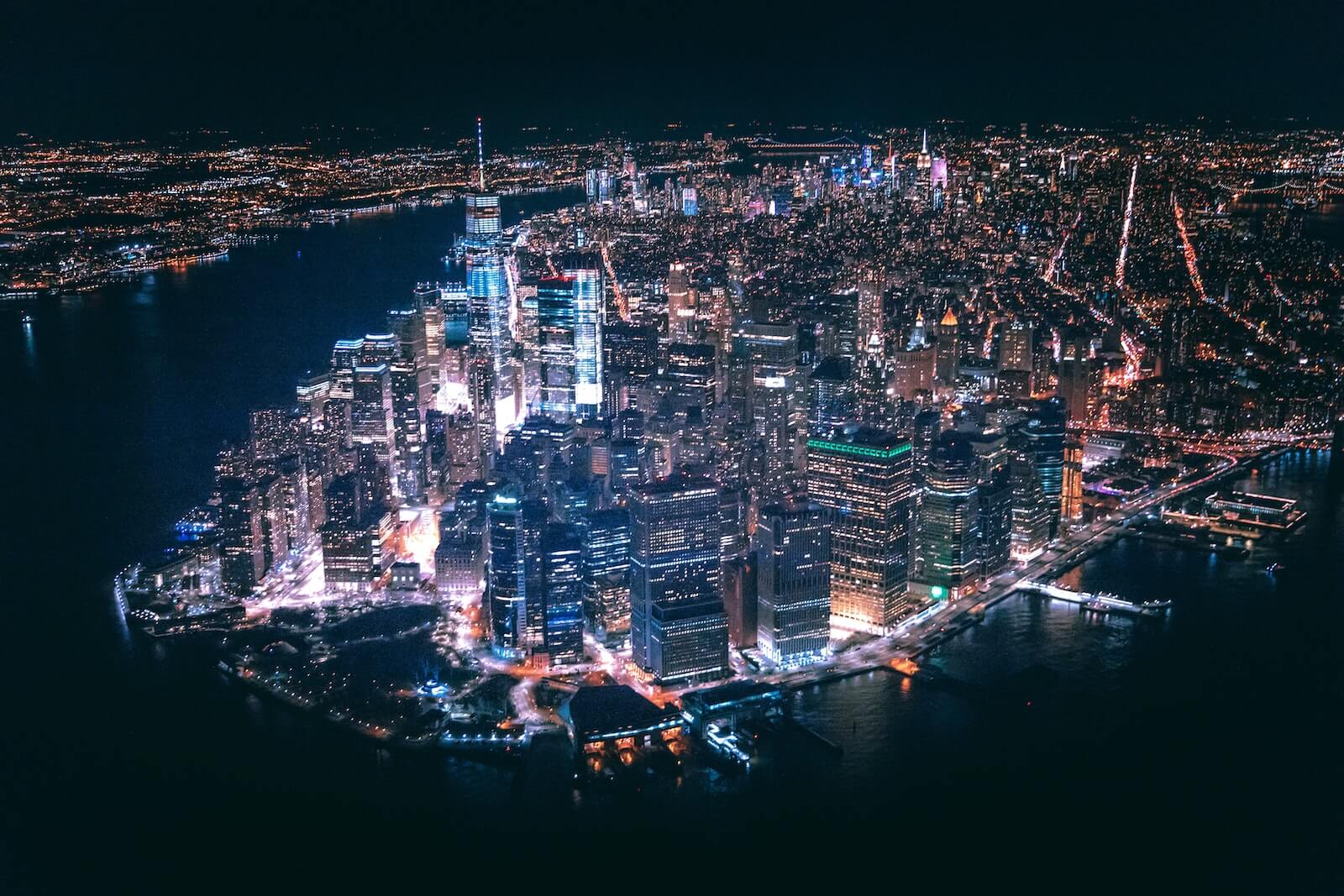
The Big Apple is known as the “City that Never Sleeps” — and it may be because residents are up at night worrying how they will pay the rent! It tops our list as the most expensive city to live in thanks to high demand and a limited housing supply. However, according to Housezeo, NYC is experiencing a 3.5 percent dip in population because people are moving to less expensive areas to live.
Just how expensive is Manhattan? CNBC reports the cost of life is 122 percent higher than average and is even more than Honolulu and San Francisco. A composite score of 100 is the national average, based on things like housing, food, and taxes. Manhattan comes in at a whopping 222.
An average apartment in New York City is $5743 a month according to Kiplinger, surpassing every other city in the country. Residents also pay a premium to visit the doctor, get to and from work, and go out to eat. Even a yoga class is double the price in NYC.
2. Honolulu, Hawaii

Honolulu is the capital city of Hawaii and is located on the island of Oahu. Of course, being situated on an island makes transportation of goods more expensive. Most goods, including food and building materials, have to be shipped over long distances, which significantly increases their cost for folks living there. That said, a lot of people are happy to pay more to live in paradise, which in turn drives up real estate prices, particularly since there is such high demand for homes. According to Kiplinger, residents do “catch at least one break.” It’s a tax-friendly state for middle-class families and retirees.
Due to tourism, the unemployment rate in Honolulu is low, but the median income is only $61,000 which is a lot lower than in New York or San Francisco. According to U.S. News & World Report published the homeless population has gone down, thanks to efforts by the city to combat the problem. Overall, Hawaii also has some of the highest energy costs in the United States because it imports most of its energy sources.
*Note: An earlier version mistakenly noted Hawaii is located on The Big Island instead of Oahu.
3. San Francisco, California
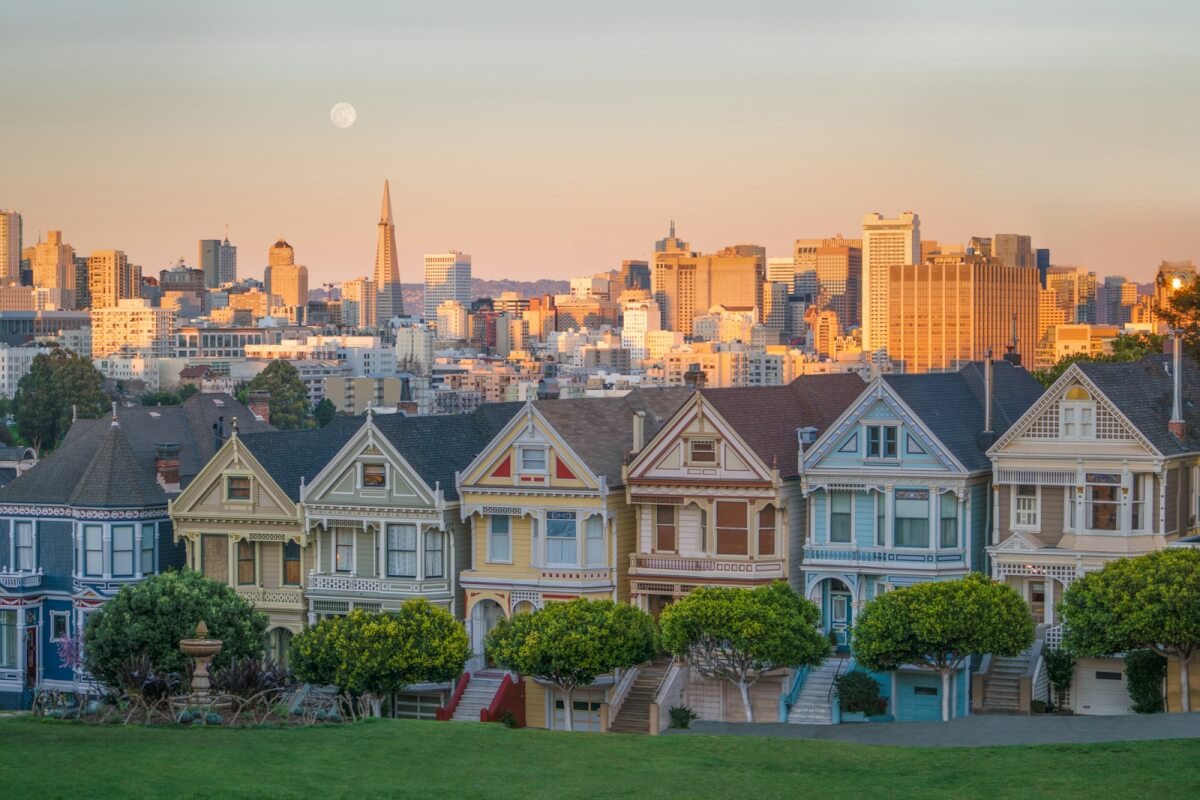
The median home price in San Francisco is $1.5 million and we’re not talking about a palatial estate. Believe it or not, it’s not just the home prices that are exorbitant. According to Houzeo, utility costs are 231% higher in San Francisco than the national average. Add in the state income taxes and housing shortage, and it’s easy to see why the cost of living is so high.
One of the reasons housing is at such a premium is the city’s zoning law. Quicken Loans writes that the city has struggled to keep up with housing demand because zoning laws restrict high-rise buildings in most areas.
If you think it’s any cheaper to rent in the city by the bay, you’re wrong. While it’s more affordable than New York City, according to Kiplinger the average rent is $3862 a month, 2.5 times the national average.
4. San Jose, California
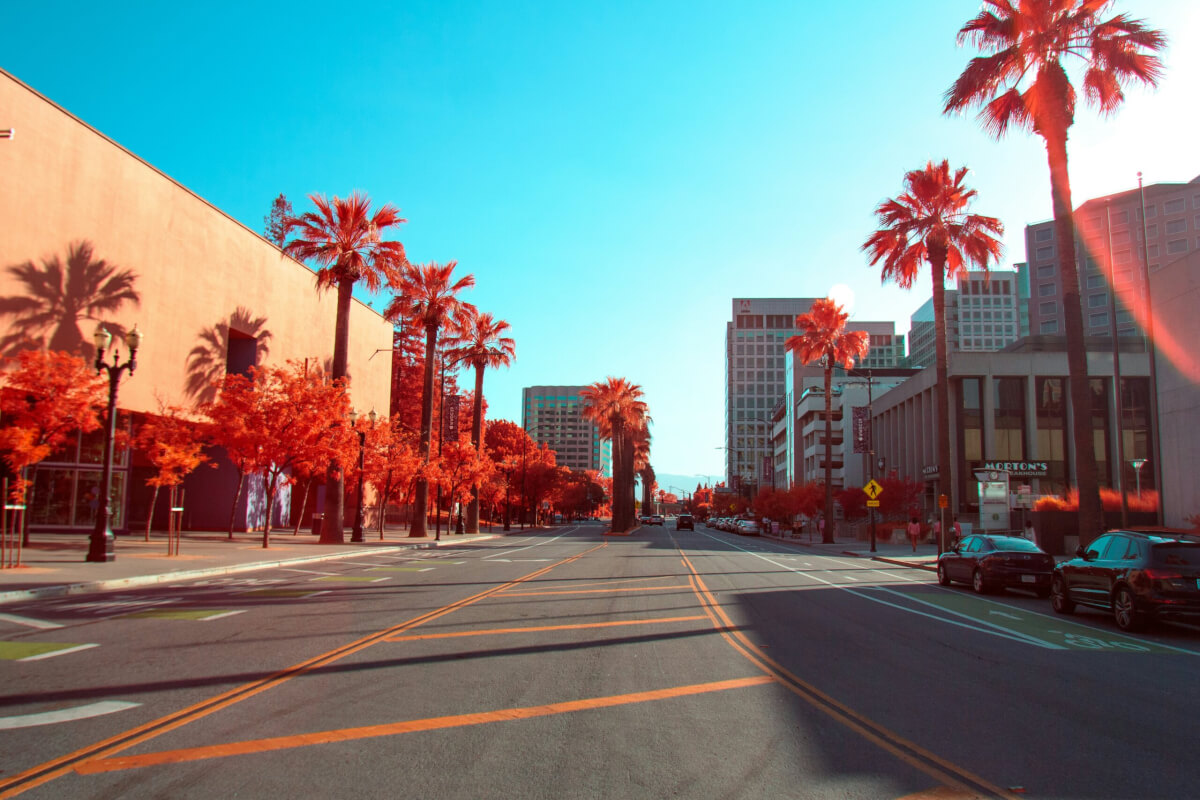
Finding your way to San Jose, California to live permanently will cost you. Like other California cities on the list, housing is expensive with the median home price costing $1.4 million. Since San Jose is a hub for big tech companies, Kiplinger says salaries are twice the average, but even a cup of coffee will cost 35 percent more than in most other cities.
Houzeo says the limited amount of land in this Silicon Valley city is why housing prices are so high. Combine that with food prices and it’s enough to give you a headache.
If you’re trying to get a lot of bang for your buck in California, San Jose is not the place to look. U.S. News & World Report says the city “offers a lower value than similarly sized metro areas when you compare housing costs to median household income.”
5. Los Angeles, California

The City of Angels is not surprisingly the third California city to pop up on our list. The only surprise is that it’s not higher up. With the high demand to live here where the climate is great and the people watching even better, Houzeo says this has made buying a home in L.A. “a costly affair.” The average home price is just under $800,000.
Commuting in L.A., where a gallon of gas is over five dollars, can be time-consuming and expensive. According to Quicken Loans, the city’s “median household income is about $1,000 less than the national average, while average home prices and rents are approximately 2.4 and 2.3 times higher.” If you do the math, it’s no surprise that there are so many homeless people on the streets.
Since many new residents arrive here every year hoping to become a star, U.S. News and World Report says the lack of affordable housing is real and has contributed to the housing crisis.
6. Washington, D.C.
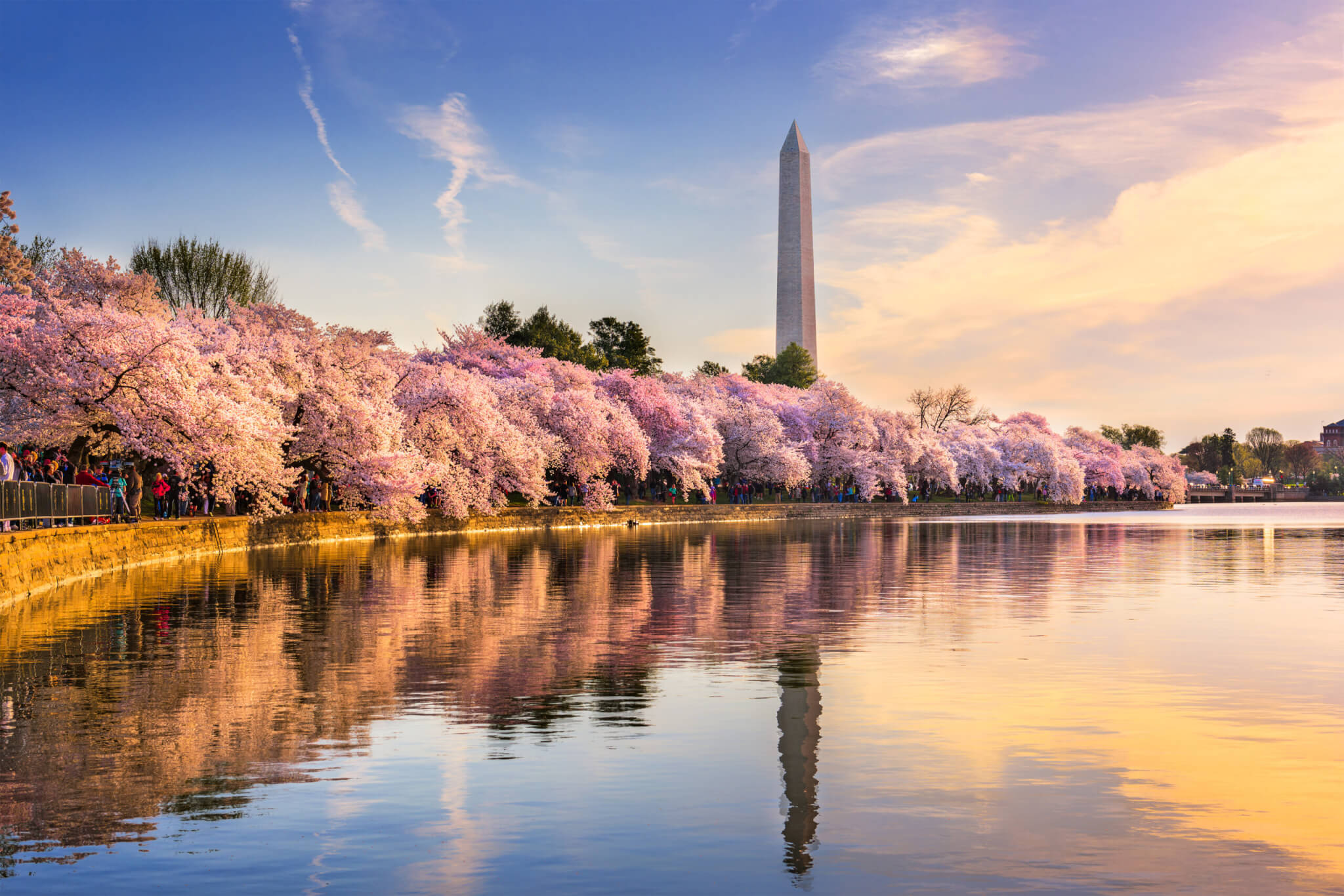
A lot of people who live in the nation’s capital have high-level government jobs, but that’s not enough to pay the bills. According to Houzeo, this has pushed up home values. When you factor in high tax rates, and inflated transportation costs, it’s one of the most expensive cities to live in.
The lack of new housing is one of the reasons the prices of homes are so expensive here. According to Quicken Loans, a 1910 law restricts the heights of new developments to roughly 11 stories. As a result, average home prices are several hundred above the national average.
If you want to live in D.C., be sure to shop around. U.S. News & World Report says your cost of living may depend on where in D.C. you live.
7. Orange County, California
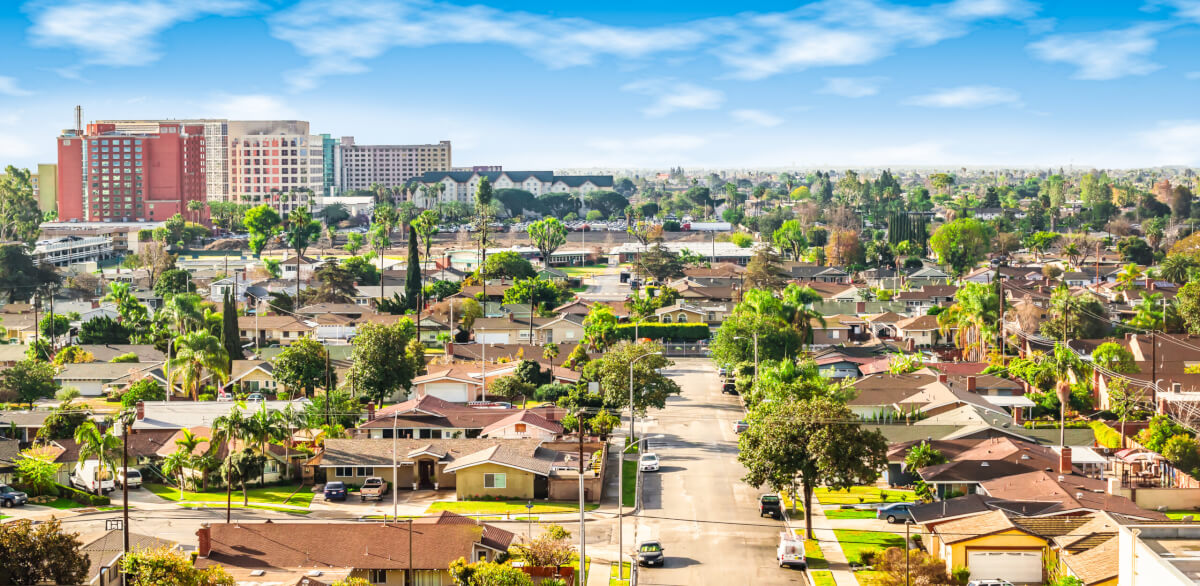
If you think living between Los Angeles and San Diego would save you money, we have bad news. According to Quicken Loans, the average home price in Orange County is more than double the national average, which is why it rounds out our list. With 42 miles of beaches and 39,000 acres of parks, it’s a popular place to be, and you’ll pay a premium to live here.
Made famous in the hit TV series “The O.C.,” Kiplinger says this county is known for its tonier enclaves such as Newport Beach. The county is the stomping ground for many rich and famous, who want to live just outside of Los Angeles.
According to CNBC, Orange County comes in at 150.3 on the cost of living index. Any score higher than 100 is considered above average. Yikes!
Sources:
- Houzeo
- Business Insider
- CNBC
- CBS News
- USA Today
- Quicken Loans
- Axios
- Kiplinger
- U.S. News & World Report
Note: This article was not paid for nor sponsored. StudyFinds is not connected to nor partnered with any of the brands mentioned and receives no compensation for its recommendations. This article may contain affiliate links in which we receive a commission if you make a purchase.
